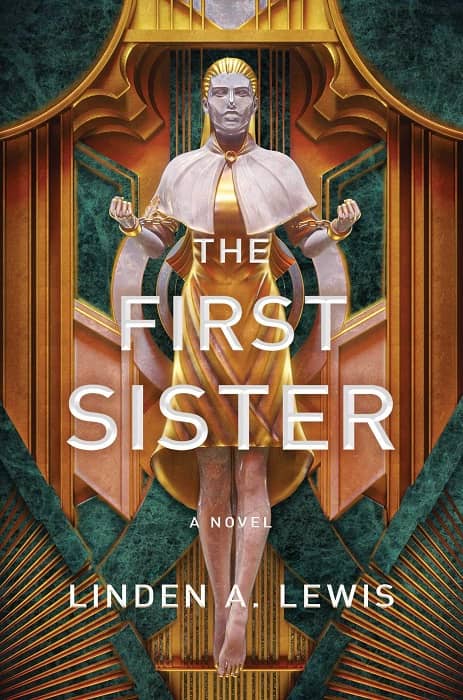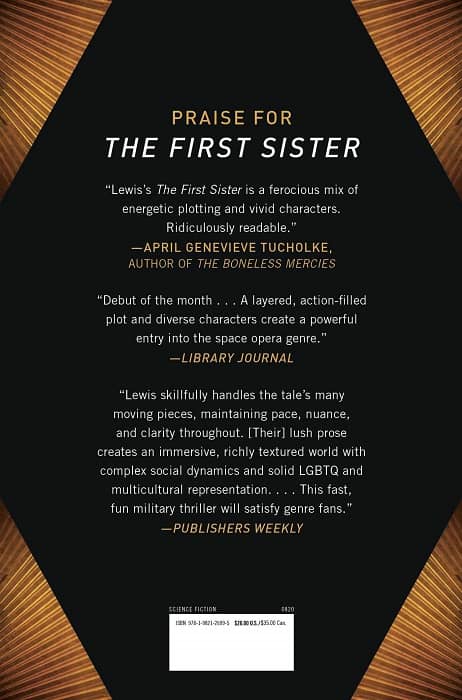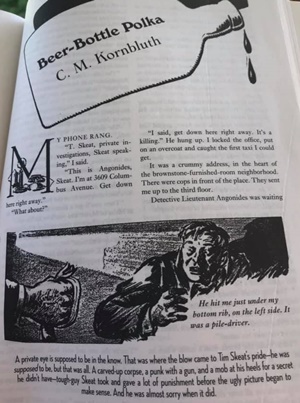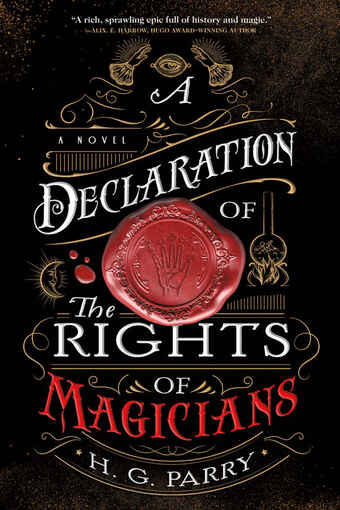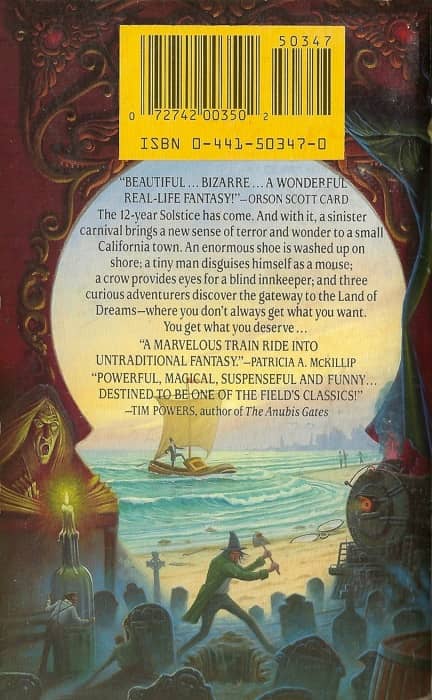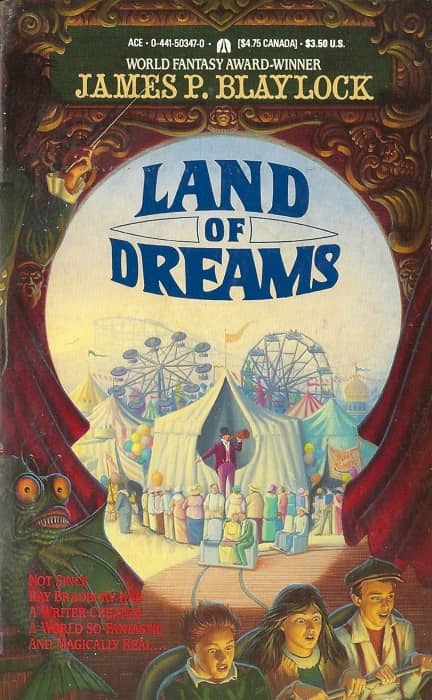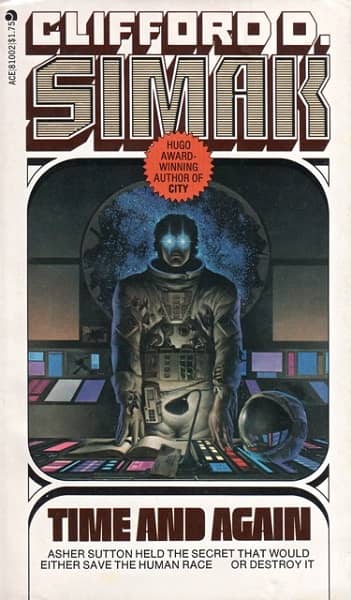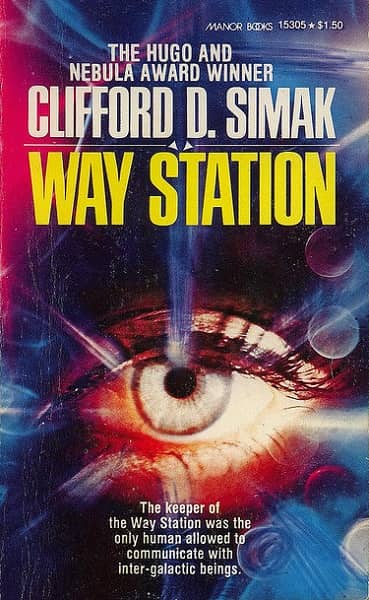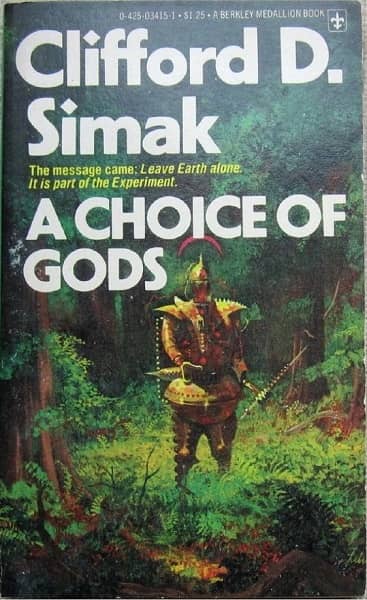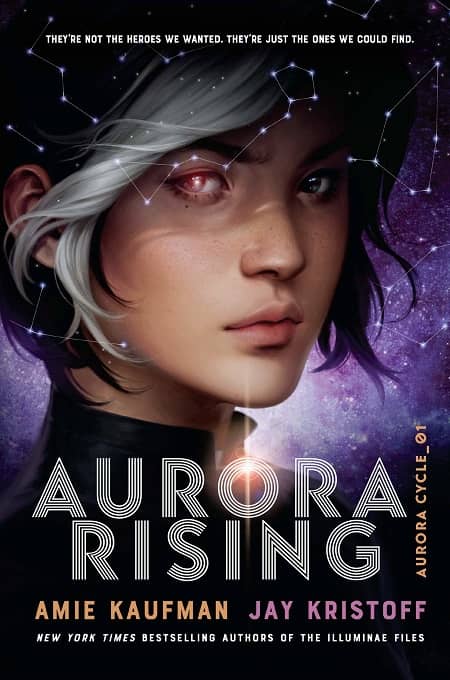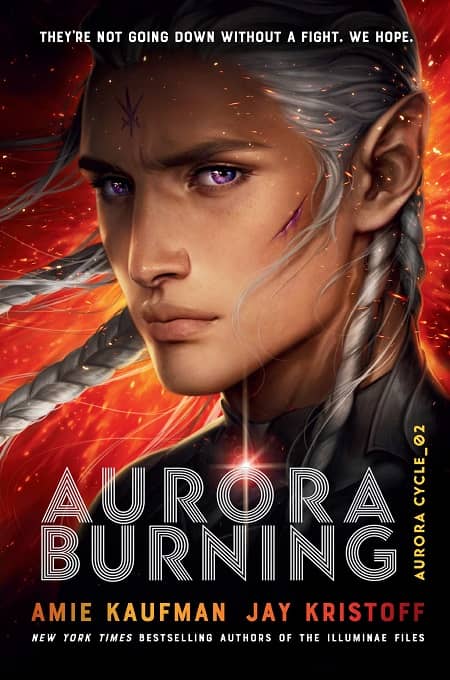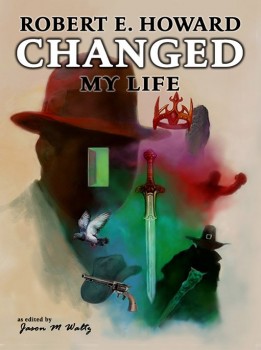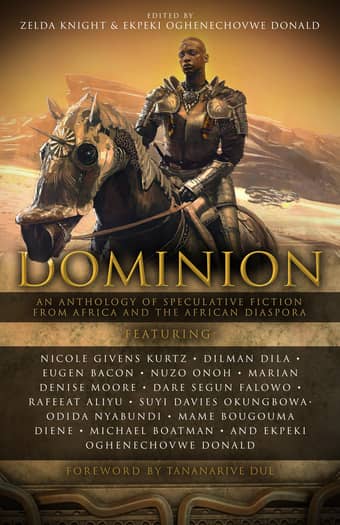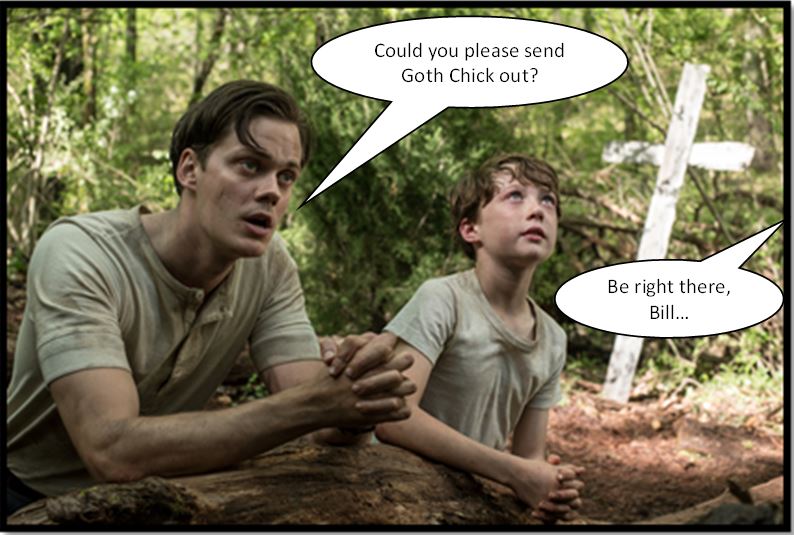Let’s Talk Sesshomaru

I would happily watch a couple of seasons of this man and his odd companions.
It’s no good. I’m still obsessing about the anime adaptation of Inuysasha. Specifically, about Sesshomaru as a character. He’s just so interesting. I’ve had some time to think about why I find Lord Shesshomaru such an interesting character to me, and I think it comes down to one thing.
Lord Sesshomaru is full of contradictions.
The elder to two brothers, and the only full-blooded demon of the pair, Sesshomaru appears to despise his younger half-brother, Inuyasha. Throughout the show, he stands opposed to Inuyasha, competing against him to acquire his father’s heirloom sword; Tessaiga. In their first battle over the sword, they exchange serious blows. Sesshomaru doesn’t hold back. The fight ends when Inuyasha cleaves his left arm off. He is, strangely, not particularly peeved about that, and seems to accept the outcome of that fight (even going so far as to reject his arm when it’s offered to him to reattach). The brothers clash frequently throughout the series, mostly over the sword. Several times, he mentions he does not consider Inuyasha his brother. Yet, he will go on to save Inuyasha from harm more than once, as big brothers sometimes do. He even seems to be quietly rooting for Inuysasha to prove himself worthy, while simultaneously trying to stop his little brother from advancing. This is never quite so apparent than when Inuyasha’s sword absorbs the power Sesshomaru himself had spent considerable time honing. Sesshomaru’s internal desire seems to be a powerful will to see Inuyasha prove himself as the rightful master of their father’s sword, while his external actions are by all accounts, designed to stop him from doing so. This contradiction – the brother who both disdains but loves his young brother — makes him fascinating.
